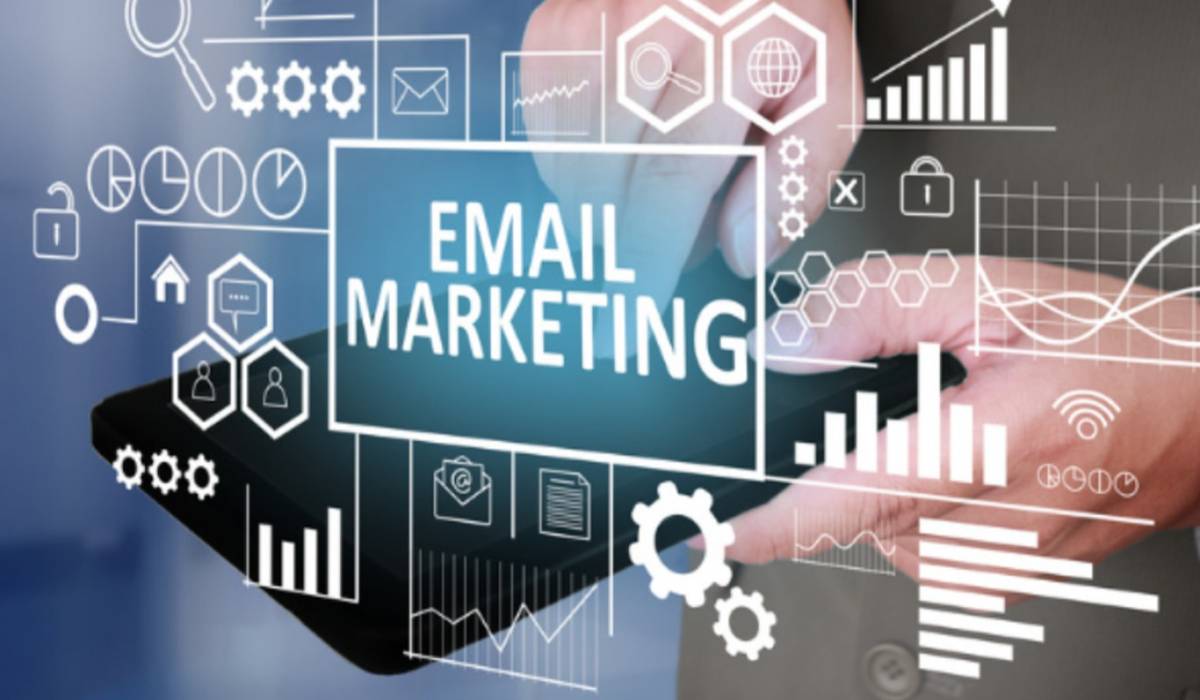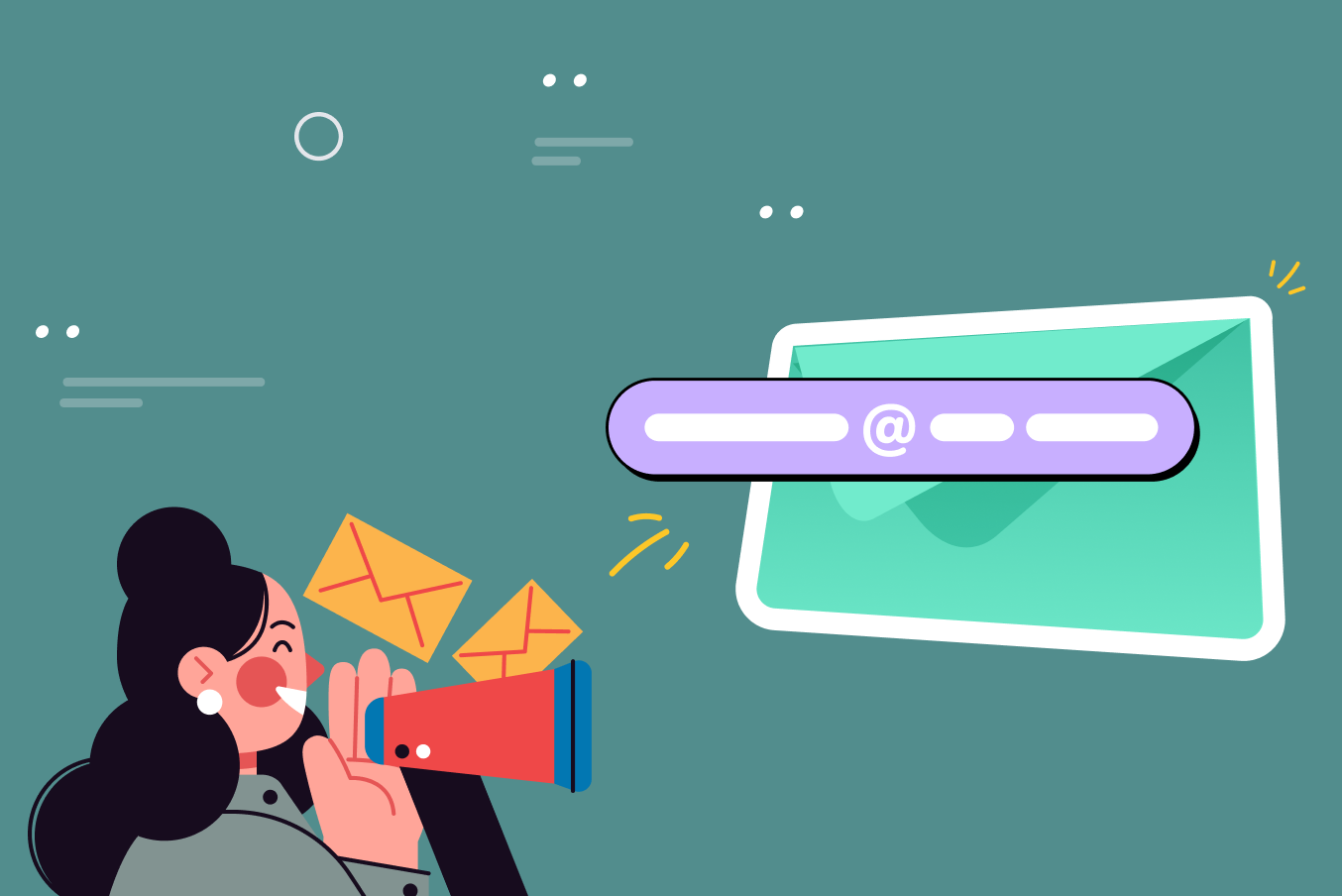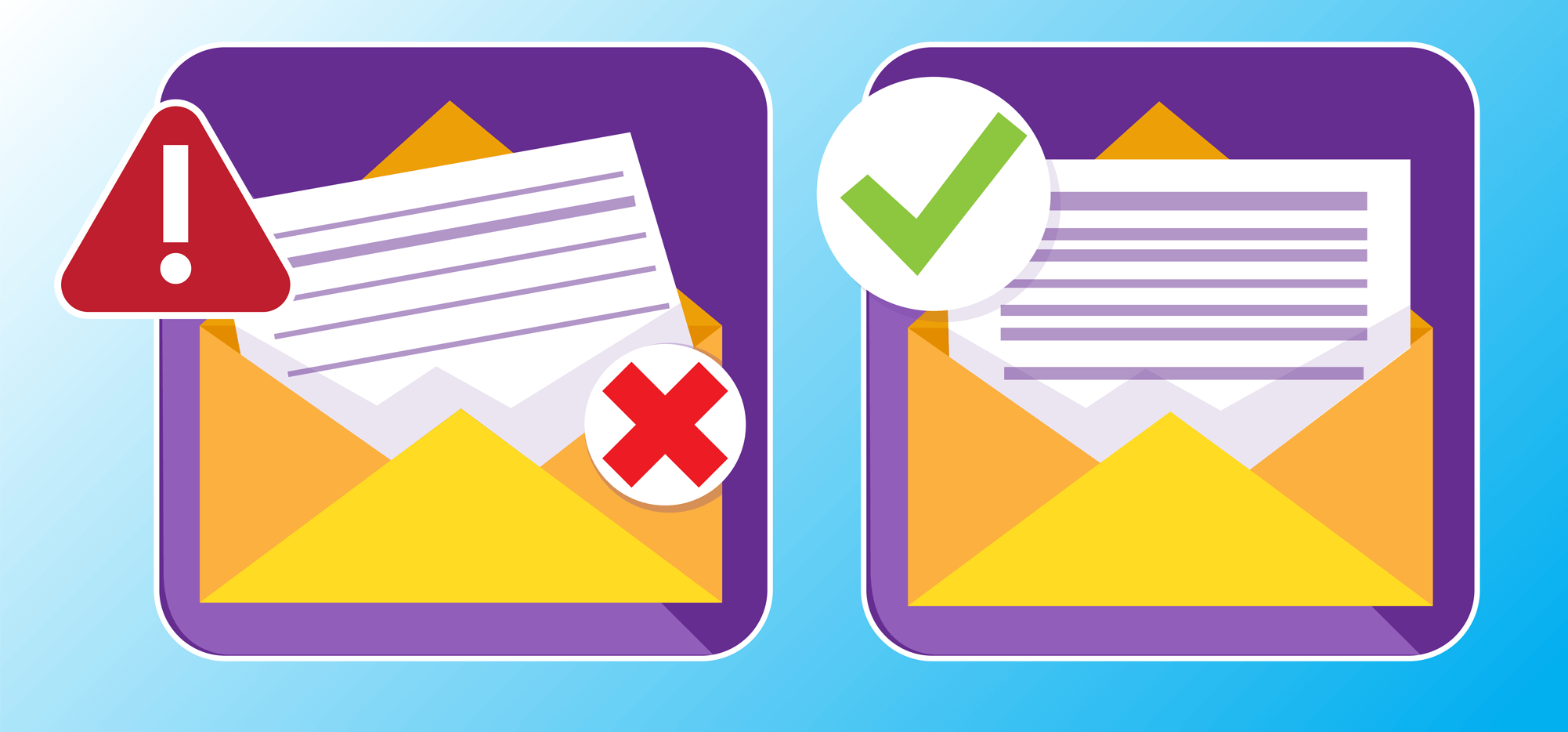
The rapid onset of Covid-19 forced many businesses to quickly halt or adapt their existing email marketing strategy. Content needed to be evaluated for appropriateness, execution and segmentation strategies reconsidered for a disrupted market. For many, the fast-fix was a letter from leadership discussing how their company specifically would manage the challenges of the pandemic.
The Email You’ve Probably Already Sent Out
Fast Company explains that the unprecedented upset Covid-19 had on commerce created “a tidal wave of automated emails from every single company you’ve ever bought anything from in the history of your life”. The online magazine categorized the first batch of Covid-19 corporate emails into three tiers. Which one of the following did your company send out?
The Service Orientated Email:
Emails that explained how the pandemic would tactically impact customers. Southwest disclosed how they would handle flight cancellations, Starbucks shared that the store is switching to drive-thru only mode and TJ Maxx informed customers that they were temporarily closing both their online and brick-and-mortar stores.
The Brand Friend Email:
Fast Company calls this the “We’re in this together” email. “This is where brands who have built a direct line of communication with customers feel obligated to at least acknowledge the situation.” The content’s sole purpose is meant to evoke a feeling of camaraderie.
The Obviously Auto-Generated Email:
Referred to in the article as “the ones that belong in inbox hell” these emails were scheduled before the pandemic hit. For example, a drip mail containing language or promotions that might have been well received in better times – but fell flat during the pandemic.
3 Things to Consider Before You Send Your Next Email
Email marketing strategy can be one of your strongest tools right now. Shelter-in-Place brings with it a level of isolation that makes us value inbound communication. However, it’s also a time when patience is limited and the tolerance for time-wasting or tone-deaf content can quickly alienate targets.
-
Avoid Covid-19 Oversaturation:
Take into consideration that your target has likely been hearing, reading and talking about Covid-19 for the past month. Unless you have new information to share about the subject, such as a newly launched philanthropic campaign supporting pandemic efforts, let it take a backseat. Focus on ensuring your messaging is relative to the headspace your target audience is in without overtly discussing the pandemic or be prepared to get roasted on social media.
-
Don’t Fatigue Your Audience:
Many of us are operating from a place of fear as we navigate this new period in history. Sending out a high volume of emails undermines your status by conveying to your target that your organization is fearful of losing their business. Take the time to read the email delivery strategy Marketo’s Carmi Lopez-Jonarmi lays out and consider turning down the volume in favor of fewer, more meaningful emails.
-
Understand That Your Audiences’ Experience Differs:
The demographics and psychographic data that you used to segment your emails don’t guarantee a shared experience when it comes to Covid-19. While there are certainly portions of your audience that would appreciate a boredom-buster email, others are out of work or working the front lines as essential personnel and may not. Review content to ensure that your organization is being sensitive to each target’s unique situation.
Limited, strategic, and relevant email marketing is valued now more than ever. Invest the time and audit your ongoing and scheduled outbound marketing campaigns. Lastly, make sure drip campaigns, subscription confirmations, and other auto-send emails are appropriate as well.
We will handle your contact details in line with our Privacy Policy. If you prefer not to receive marketing emails from Marketo, you can opt-out of all marketing communications or customize your preferences here.


